DOLPi – Two Low-Cost, RasPi-based Polarization Cameras for Humanitarian Demining and other Applications
The project's blog is at: http://www.diyphysics.com/
A complete project description including detailed construction instructions and Python code is available in pdf format at: http://www.diyphysics.com/wp-content/uploads/2015/10/DOLPi_Polarimetric_Camera_D_Prutchi_2015_v5.pdf
Or from HERE (Dropbox download)
Mirror backup site for the project description at: http://www.prutchi.com/wp-content/uploads/2015/10/DOLPi-v5.0.pdf
All files available from Dropbox. CLICK HERE to be taken to DOLPi folder.
Images and text (c) 2015 David Prutchi unless otherwise stated.
NOTE: The space available for the project description in Hack-A-Day.IO is limited, so the following "detailed description" is just a brief summary of the most significant aspects of the DOLPi Project. If interested in this project, please download instead the complete project whitepaper available as a single pdf file at: http://www.diyphysics.com/wp-content/uploads/2015/10/DOLPi_Polarimetric_Camera_D_Prutchi_2015_v5.pdf
Summary
This project presents the development and construction of two low-cost polarimetric camera types based on the Raspberry Pi 2. DOLPi-MECH (and its productized IR-VIS-UV version DOLPi-UI) is a filter-wheel-type camera capable of performing full Stokes analysis, while the electro-optic based DOLPi-EO camera performs full linear polarimetric analysis at higher frame rate. Complete Python code for polarimetric imaging is presented. Various applications for the cameras are described, especially their use for locating mines and unexploded ordinance in humanitarian demining operations.
A complete project description including detailed construction instructions and Python code is available in pdf format at: http://www.diyphysics.com/wp-content/uploads/2015/10/DOLPi_Polarimetric_Camera_D_Prutchi_2015_v5.pdf
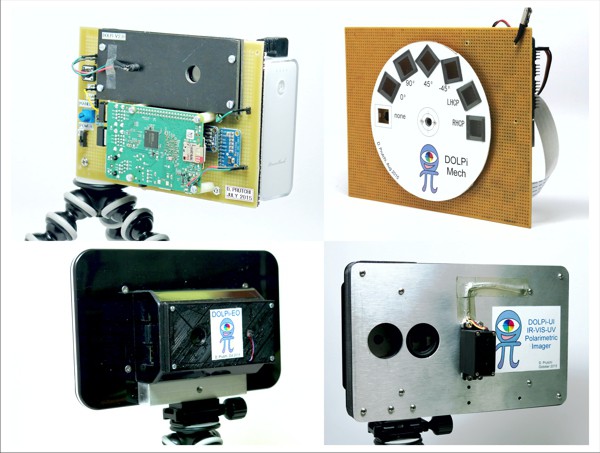
The DOLPi Project
Clouds of colorless pollutants, antipersonnel mines, and skin cancers are so difficult to detect because they blend so naturally with their background that our unaided eyes cannot see them. However, an octopus faced with the same problem would probably have a very easy time at locating these threats. This is because our human eyes can only distinguish objects from their background through the contrast in their color and/or intensity. On the other hand, octopuses would be able to see the contrast in light polarization between these items and their background.
Try this experiment - next time that you go outdoors on a sunny day, tilt your head while wearing polarized sunglasses. You will find that parts of the sky turn into a lighter shade of blue when you turn your head sideways. The intensity of the glare will also change considerably as you tilt your head while looking at a reflective surface like still water, or the windshield of a car. Look at a static scene like a parking lot while tilting your head back and forth – do the windows of parked cars seem to flash? The reason for this phenomenon is that the light scattered by the sky, or reflected by many surfaces is “polarized”. That is to say that light waves from these sources vibrate mainly in one direction.
In fact, every photon that reaches our eyes has its own polarization, yet this aspect of light is barely used in our daily life because our unaided eyes are insensitive to polarization, and thus we don’t have an intuitive sense for its use (actually, humans have very marginal sensitivity to polarized light as discovered by Haidinger in 1846, but changes in polarization can only be perceived under very specific conditions and do not contribute to visual feature discrimination).
In spite of this, polarization of light carries interesting information about our visual environment of which we are usually unaware. Some animals have evolved the capability to see polarization as a distinct characteristic of light, and rely critically on this sense for navigation and survival. For example,...
Read more » David Prutchi
David Prutchi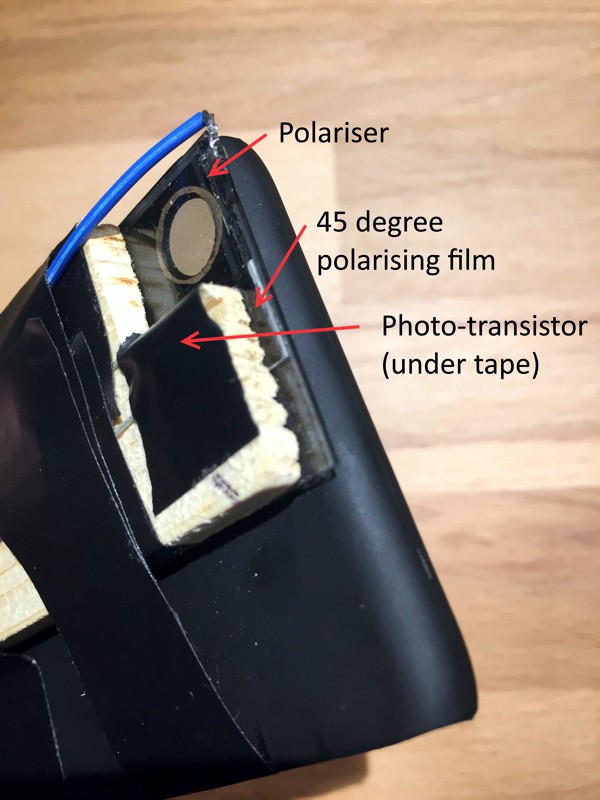



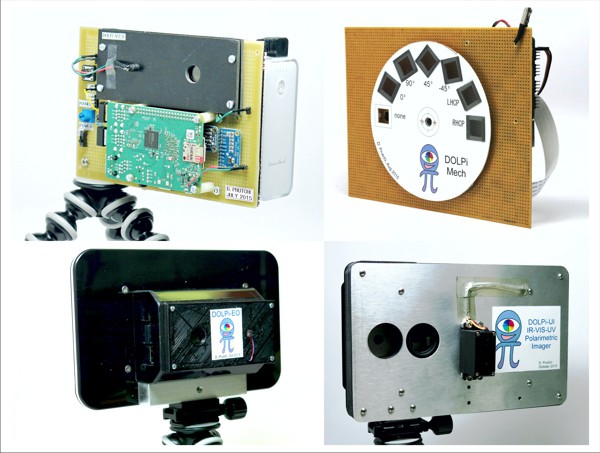

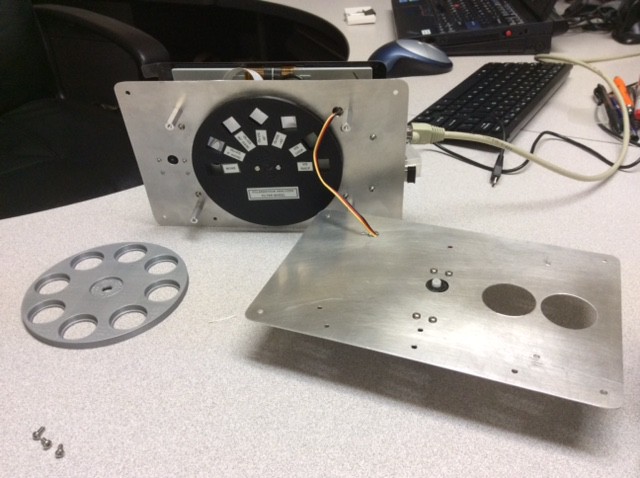
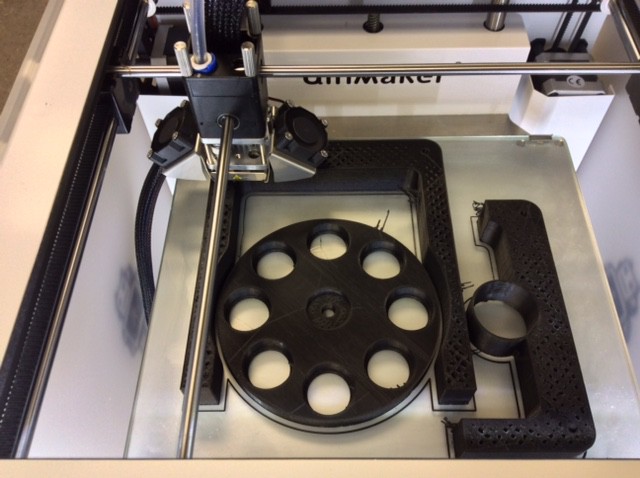

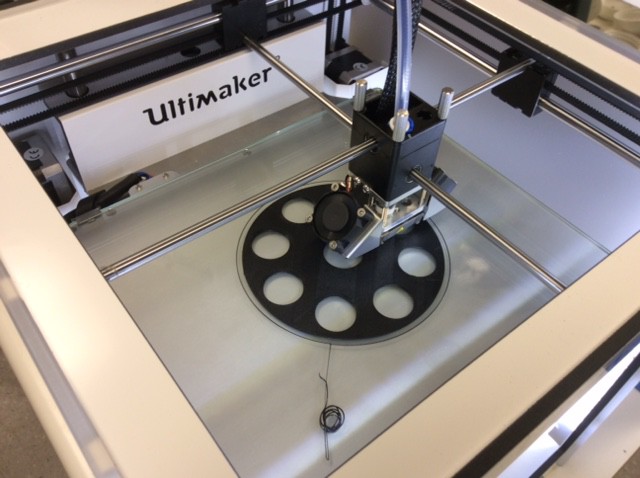
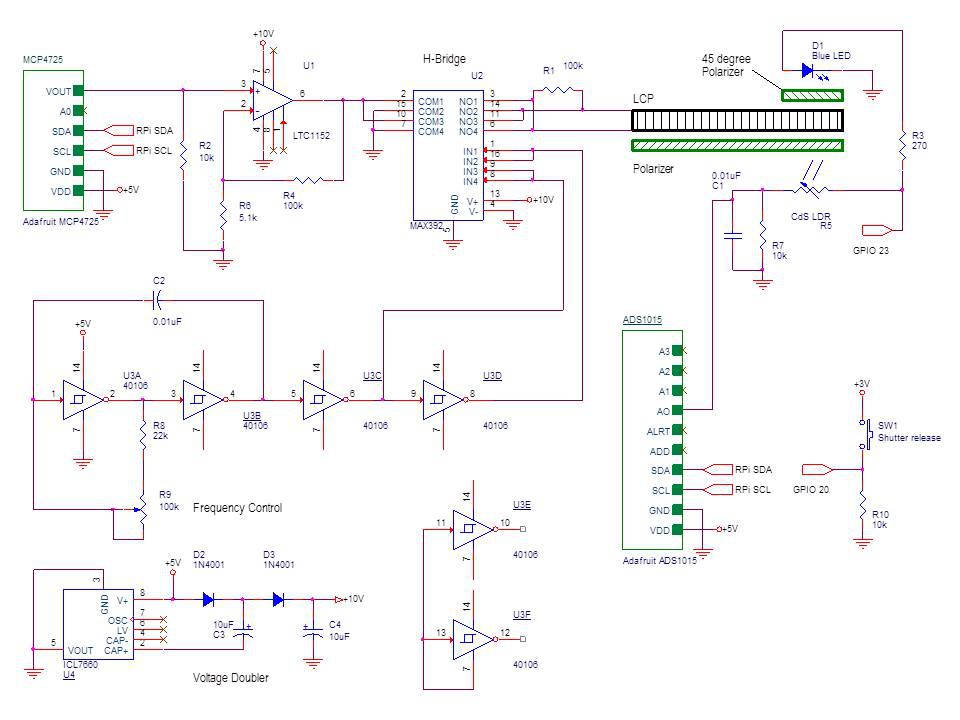
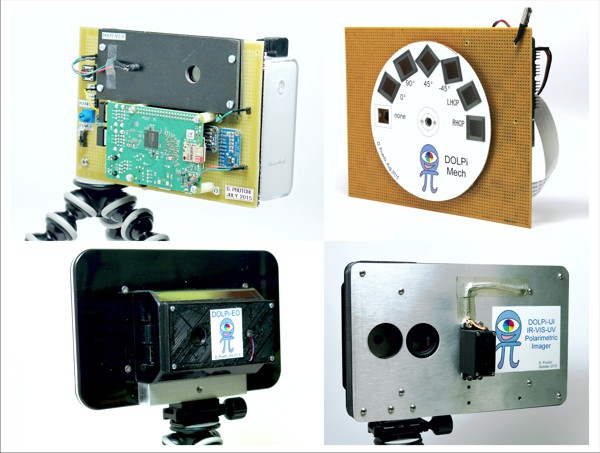
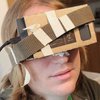


David this is very impressive, however regarding mines does it have enough resolution to "see" the activation pin in most underground AP mines? I'm not an expert but the pic you show is of surface mines. Also would this work with plastic AP mines? those are particularly nasty and hard to detect.